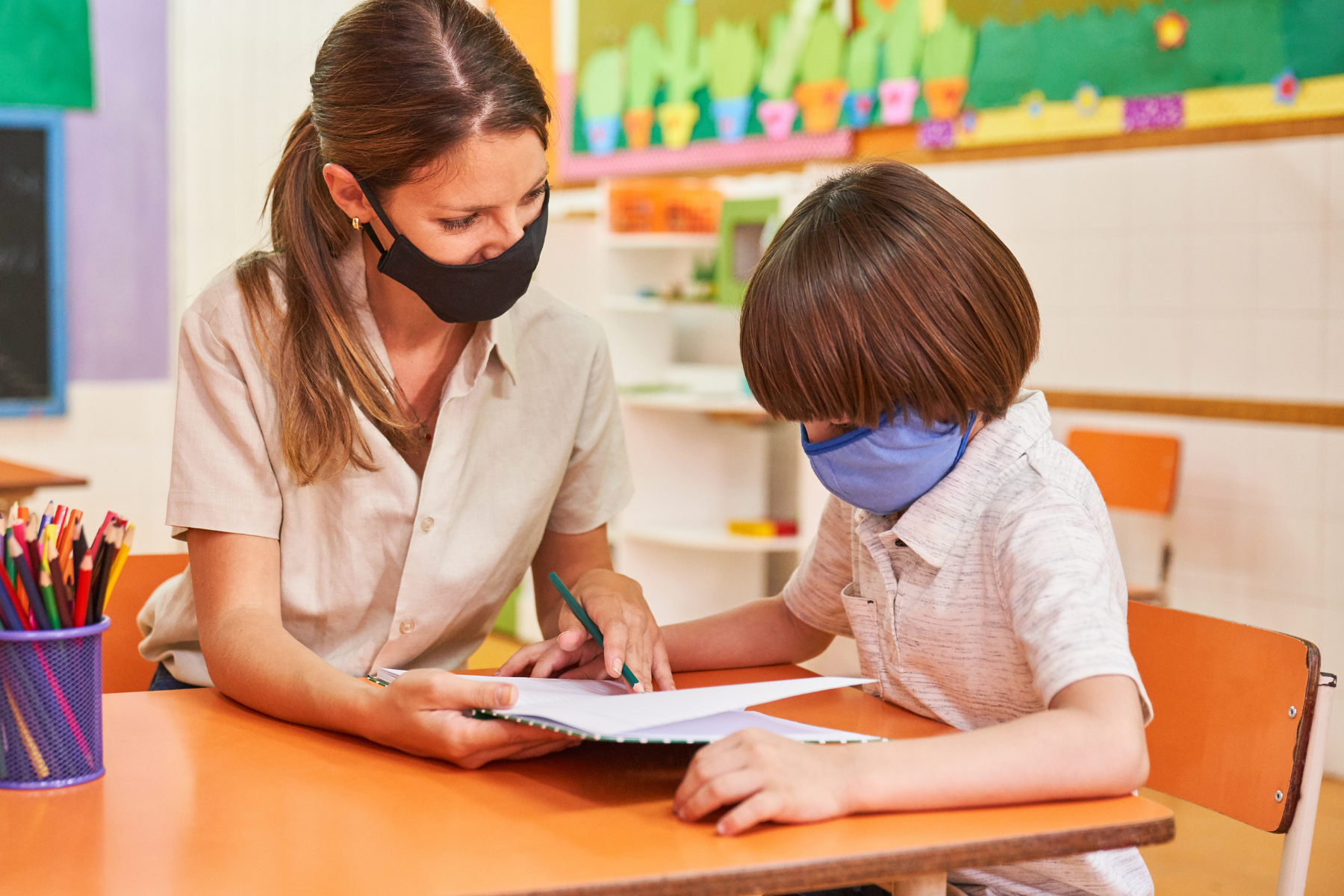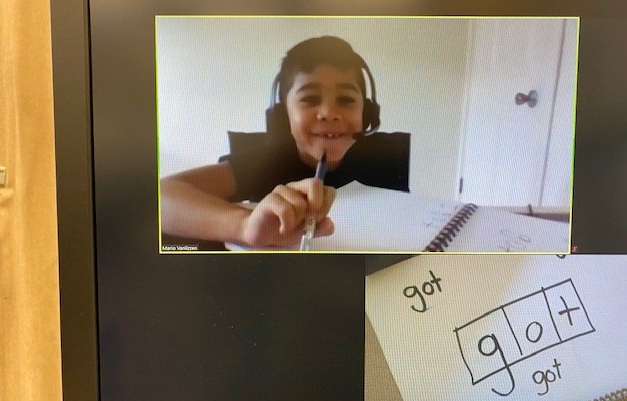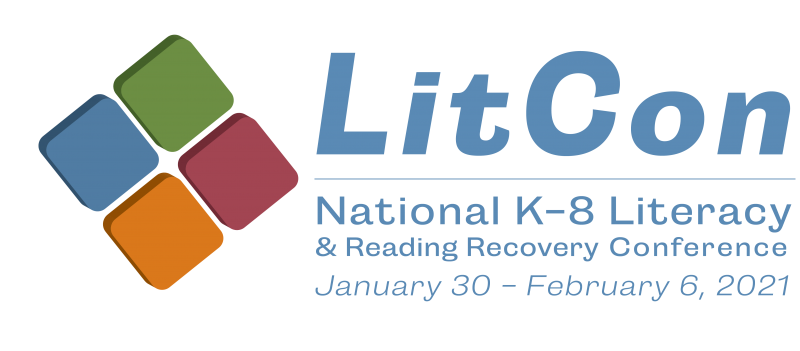New Research Affirms Positive Impact of Reading Recovery During COVID
By Dr. Billy Molasso, Executive Director of RRCNA
The news is in and it’s good for Reading Recovery’s teacher-led tutoring program for struggling first graders. Our annual research from the International Data Evaluation Center (IDEC) at The Ohio State University (OSU) shows that our first graders closed or nearly closed reading gaps for more than half of participating students. Notably, much of this year’s Reading Recovery tutoring was conducted remotely due to COVID, but the results were still very good.
Across six different data indicators noted, more than half of the participants in the one-on-one tutoring program who completed the full 12-20 weeks outperformed or nearly caught up with a random sample of students. Roughly a third of this lowest identified group required more intensive interventions. Put simply, for a majority of students served, Reading Recovery closed the gap and put our kids on a path to success in school and in life.
The IDEC evaluation tracked more than 19,000 students receiving tutoring and compared them to about 1900 students randomly selected by participating schools. The research distinguishes between 10,404 who started in the fall and received the full tutoring program, typically 19 to 20 weeks of instruction, and 8352 who received 13 to 16 weeks of tutoring before the school year ended. Another 915 started at or very close to the end of the year.
The assessments used in the research measure six separate reading skills: Letter Identification, Hearing and Recording Sounds in Words (more commonly known as Phonics), Word Recognition, Writing Vocabulary, Text Reading, and Concepts About Print. Among the students who started in the fall and received the full program, about a third outperformed the random sample on all six metrics.
Just to break things down a bit, for the one-third of our intervention students outperformed the random sample on standardized assessments:
- Our students went from writing about 9 words in 10 minutes to writing 52 words while the random sample went from writing 16 words to 47 words in 10 minutes.
- Our students went from recognizing 4 sight words to 19, compared to the random sample that went from recognizing 8 to only 18 sight words.
- In phonics, our accelerated students went from recognizing 19 phonemes to 36, while the random sample went from recognizing 25 to only 35.
We saw similar gains across the other metrics. The final combined score showed that our accelerated intervention students earned a 548 compared to 532 for the random sample. Another 25 percent of our students nearly caught up, with a combined score of 515. And, among those who started in the spring, a third still ended the year on par or ahead of the random sample even though they did not get the full suite of lessons.
These results are important not only for our work but also for the larger debates pitting phonics advocates against advocates of other approaches. The point of Reading Recovery is that children need all six skills measured on the assessments to be successful readers. Some need intensive phonics, some need vocabulary, and some need help with concepts. But, requiring everyone to learn the same material at the same pace lowers the bar and guarantees that some students won’t be challenged, while others will be overwhelmed. Our time-tested and proven early intervention/prevention approach is to give each child whatever it takes to become lifelong readers.
View the full 2020-21 Reading Recovery National Summary Report for the United States from the International Data Evaluation Center (IDEC), The Ohio State University.



 In class, we recently talked about the importance of representation in the curriculum and focused on Dr. Rudine Sims-Bishop’s work around
In class, we recently talked about the importance of representation in the curriculum and focused on Dr. Rudine Sims-Bishop’s work around 

 Children are resilient and what they bring to our classrooms, in person or virtually, needs to be acknowledged, valued, respected, and honored. I cannot help but think of Marie Clays’ words of wisdom that remind us that students take different paths to common outcomes and that is both okay and important to take into consideration in instruction. Cassi Clausen reminds us “Ask any child development expert, and they will tell you that children do not develop in a straight line. There are no average children. There are no standard children.”
Children are resilient and what they bring to our classrooms, in person or virtually, needs to be acknowledged, valued, respected, and honored. I cannot help but think of Marie Clays’ words of wisdom that remind us that students take different paths to common outcomes and that is both okay and important to take into consideration in instruction. Cassi Clausen reminds us “Ask any child development expert, and they will tell you that children do not develop in a straight line. There are no average children. There are no standard children.” I have some concern students will be set up for more learning loss if we treat students the same, think they ALL have a loss of learning and we teach to the floor and not the ceiling. As educators, we must have the mindset of acceleration, not remediation, value our student’s new knowledge and experiences, and fill in the gaps when necessary. As Marie Clay has stated in “Literacy Lessons” page 20, “Achieving acceleration is not easy but it must be constantly borne in mind.” Moving forward, ongoing keen observation, formative assessments, and differentiation will be more important than ever. And we must celebrate individual differences as assets. We approach student learning to start where each child is and take them as far as we can. During Mary Howard’s presentation at LitCon 2021, she challenged educators to think about interventions as opportunities throughout the entire school day, not as an isolated act or time. She also expressed interventions should not work in isolation but be connected to a comprehensive learning system. This vision for intervention would be inclusive for all students in need.
I have some concern students will be set up for more learning loss if we treat students the same, think they ALL have a loss of learning and we teach to the floor and not the ceiling. As educators, we must have the mindset of acceleration, not remediation, value our student’s new knowledge and experiences, and fill in the gaps when necessary. As Marie Clay has stated in “Literacy Lessons” page 20, “Achieving acceleration is not easy but it must be constantly borne in mind.” Moving forward, ongoing keen observation, formative assessments, and differentiation will be more important than ever. And we must celebrate individual differences as assets. We approach student learning to start where each child is and take them as far as we can. During Mary Howard’s presentation at LitCon 2021, she challenged educators to think about interventions as opportunities throughout the entire school day, not as an isolated act or time. She also expressed interventions should not work in isolation but be connected to a comprehensive learning system. This vision for intervention would be inclusive for all students in need.




